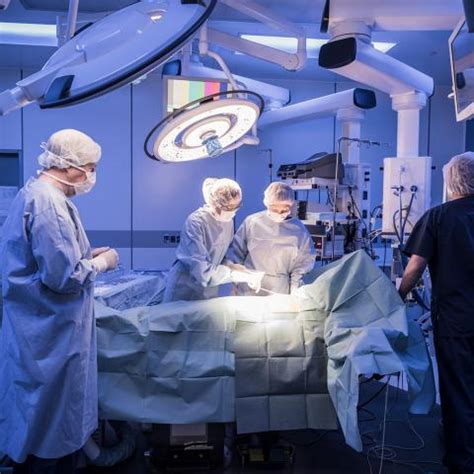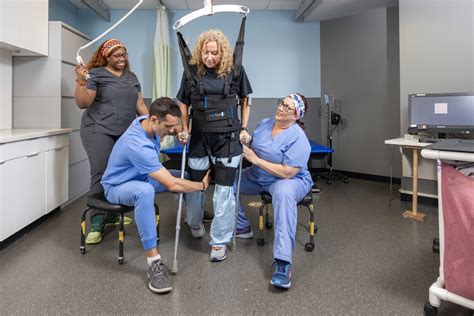Intro
Learn about effective knee cap dislocation treatment options, including patellar realignment, physical therapy, and knee brace support to alleviate patellofemoral pain and instability, promoting proper knee cap tracking and rehabilitation.
The knee cap, also known as the patella, plays a crucial role in our mobility and daily activities. However, when it becomes dislocated, it can be a painful and debilitating experience. Knee cap dislocation, also known as patellar dislocation, occurs when the patella is forced out of its normal position in the patellar groove. This can happen due to a sudden twist or bend of the knee, a direct blow to the knee, or as a result of a congenital condition. In this article, we will delve into the world of knee cap dislocation treatment, exploring the various options available, the benefits and risks associated with each, and what you can expect during the recovery process.
The importance of seeking medical attention immediately after a knee cap dislocation cannot be overstated. A prompt and proper diagnosis is essential to determine the severity of the dislocation and to rule out any other potential injuries, such as fractures or ligament damage. A healthcare professional will typically perform a physical examination, take a complete medical history, and may order imaging tests, such as X-rays or an MRI, to confirm the diagnosis. Once the diagnosis is confirmed, the treatment plan can be developed, taking into account the individual's overall health, medical history, and lifestyle.
Knee cap dislocation treatment can vary depending on the severity of the dislocation and the individual's specific needs. In some cases, the patella may be able to be manipulated back into place without the need for surgery, while in other cases, surgical intervention may be necessary. The goal of treatment is to restore the normal alignment and function of the patella, alleviate pain and discomfort, and prevent future dislocations. With the advancements in medical technology and techniques, there are now various treatment options available, each with its own benefits and risks.
Knee Cap Dislocation Treatment Options

The treatment options for knee cap dislocation can be broadly categorized into non-surgical and surgical methods. Non-surgical methods are often the first line of treatment and may include physical therapy, bracing, and pain management. Physical therapy can help to strengthen the surrounding muscles, improve range of motion, and enhance overall knee function. Bracing can provide additional support and stability to the knee, while pain management techniques, such as medication or injections, can help to alleviate discomfort and inflammation. In some cases, a combination of these non-surgical methods may be used to achieve the best possible outcome.
Non-Surgical Treatment Methods
Non-surgical treatment methods are often preferred for mild to moderate knee cap dislocations, where the patella is able to be manipulated back into place without the need for surgery. These methods can be highly effective in reducing pain and discomfort, improving knee function, and preventing future dislocations. Some of the non-surgical treatment methods include: * Physical therapy: A customized exercise program can help to strengthen the surrounding muscles, improve range of motion, and enhance overall knee function. * Bracing: A knee brace can provide additional support and stability to the knee, helping to keep the patella in place. * Pain management: Medication or injections can be used to alleviate discomfort and inflammation, making it easier to perform daily activities. * Activity modification: Avoiding activities that aggravate the condition and modifying daily activities to reduce stress on the knee can help to promote healing and prevent future dislocations.Surgical Treatment Options

In some cases, surgical intervention may be necessary to treat knee cap dislocation. This may be the case for more severe dislocations, where the patella is unable to be manipulated back into place, or for individuals who have experienced recurrent dislocations. Surgical treatment options can vary depending on the individual's specific needs and may include:
- Patellar realignment: A surgical procedure to realign the patella and surrounding tissues, helping to restore normal knee function.
- Ligament repair: A surgical procedure to repair or reconstruct damaged ligaments, helping to stabilize the knee and prevent future dislocations.
- Tendon repair: A surgical procedure to repair or reconstruct damaged tendons, helping to restore normal knee function.
- Osteotomy: A surgical procedure to realign the bones of the knee, helping to improve tracking and stability of the patella.
Risks and Complications
As with any medical treatment, there are risks and complications associated with knee cap dislocation treatment. Non-surgical methods are generally considered to be low-risk, while surgical methods carry a higher risk of complications, such as infection, bleeding, or nerve damage. It is essential to discuss the potential risks and complications with a healthcare professional to determine the best course of treatment for your specific needs.Recovery and Rehabilitation

The recovery and rehabilitation process for knee cap dislocation treatment can vary depending on the severity of the dislocation and the treatment method used. In general, it is essential to follow a rehabilitation program to promote healing, improve range of motion, and restore normal knee function. A rehabilitation program may include:
- Physical therapy: A customized exercise program to strengthen the surrounding muscles, improve range of motion, and enhance overall knee function.
- Bracing: A knee brace to provide additional support and stability to the knee.
- Pain management: Medication or injections to alleviate discomfort and inflammation.
- Activity modification: Avoiding activities that aggravate the condition and modifying daily activities to reduce stress on the knee.
Preventing Future Dislocations
Preventing future dislocations is crucial to maintaining knee health and preventing long-term damage. Some ways to prevent future dislocations include: * Strengthening the surrounding muscles through exercise and physical therapy. * Wearing a knee brace to provide additional support and stability to the knee. * Avoiding activities that aggravate the condition and modifying daily activities to reduce stress on the knee. * Maintaining a healthy weight to reduce stress on the knee joint.Conclusion and Next Steps

In conclusion, knee cap dislocation treatment requires a comprehensive approach, taking into account the individual's overall health, medical history, and lifestyle. By understanding the various treatment options available, the benefits and risks associated with each, and the importance of seeking medical attention immediately after a dislocation, individuals can make informed decisions about their care. If you have experienced a knee cap dislocation, it is essential to seek medical attention and follow a rehabilitation program to promote healing, improve range of motion, and restore normal knee function.
We invite you to share your thoughts and experiences with knee cap dislocation treatment in the comments below. If you have any questions or concerns, please do not hesitate to reach out. We are committed to providing you with the most up-to-date and accurate information to help you make informed decisions about your health.
What are the symptoms of knee cap dislocation?
+The symptoms of knee cap dislocation may include severe pain, swelling, and instability of the knee, as well as a visible deformity of the patella.
How is knee cap dislocation diagnosed?
+Knee cap dislocation is typically diagnosed through a physical examination, medical history, and imaging tests, such as X-rays or an MRI.
What are the treatment options for knee cap dislocation?
+The treatment options for knee cap dislocation may include non-surgical methods, such as physical therapy, bracing, and pain management, as well as surgical methods, such as patellar realignment, ligament repair, and tendon repair.
How long does it take to recover from knee cap dislocation treatment?
+The recovery time for knee cap dislocation treatment can vary depending on the severity of the dislocation and the treatment method used, but it typically ranges from several weeks to several months.
Can knee cap dislocation be prevented?
+Yes, knee cap dislocation can be prevented by strengthening the surrounding muscles, wearing a knee brace, avoiding activities that aggravate the condition, and maintaining a healthy weight.
